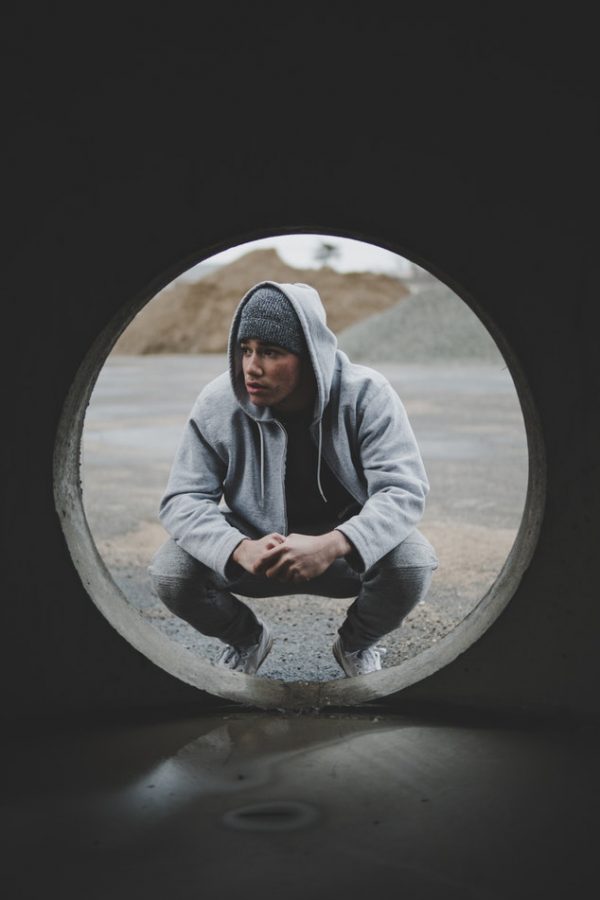Psychology behind peer pressure
January 14, 2019
School. Peer Pressure.
Often, they are associated with one another, and most commonly, have the tendency to be expressed in a negative matter. This is generally shown in the mainstream media, specifically regarding issues of both mental and physical harm to students.
To truly understand and grasp the concept of peer pressure, it is important to take in the highly in-depth psychological aspect behind it.
Peer pressure in the most simple of terms is an influence.
It is this influence that would inherently adhere pressure onto one another psychologically. Moreover, not all peer pressure is the same. As such, peer pressure can be divided into 2 distinguishable factors, being: explicit and implicit peer pressure.
An explicit pressure can be said as a direct notion of which has clearly put weight on judgment, hence the phrase explicit in such a context. A perfect example of such a situation can be told by Brett Laursen, a professor of psychology at the Florida Atlantic University, who the story of a young boy he knew.
“I know of a young man who just started middle school and started it with long hair and a couple of months into middle school he got his hair cut very short. This could have been because somebody made fun of his long hair. That would be the explicit form of peer pressure,” shared Laursen.
On the other hand, implicit pressure is the complete opposite, as the word is also the antonym of its counterpart- explicit.
Implicit pressure denotes a form of internal behavior, contrasting to the more focused external influence, explicit pressure. This, in essence, means that it is the person’s overall individuality and thinking that ultimately puts the strain on themselves compared to another person and/or media.
In recognition of such differences, it is important for parents to realize that the community or group that their kids may hang out with may not necessarily be the direct factor when counting the causes of peer pressure, but rather it can be due to a far deeper and complex backstory than it may seem apparent. For this reason, the importance behind knowing the difference between the two- for if a situation were to come up, an appropriate solution may be applied.
In terms of the effects of peer pressure, peer pressure has its up and downsides to its plate just like any other concept. Mainly speaking, peer pressure has a deep generalization that it is primarily a negative influence, whether it is academic performance or simply a favorite music band, it always tends to have a gloomy context. The reasoning behind such is because of the very abstract concept behind peer pressure. The conception is based on an indefinite variable founded on situations, and we as humans, are naturally gravitated towards negativity. Which explains why most people keep negative memories around for years and decades compared to the more delightful selection.
An example of a positive peer pressure situation may be one in which a child may start bearing responsibility as a response to his newly founded self-attitude developed through observation of role models from the community. Another example of such that focuses on the implicit side of pressure(s) is for a person to start simply working out. This is a situation in which the person has pressured themselves to be healthier after receiving an internal influence, and in short, was caused by a change in the psychological department in reply to any form of outside pressure.
The simple and undoubtedly abstract notion of peer pressure is one that many would dare say to be not an issue and have total control over it. But in reality, peer pressure is an every day and maybe even every moment occurrence. It is what lies dormant in a persons’ head and dictates their life, both unconsciously and vividly. But one thing is for sure, their susceptibility to peer pressure is eventually what will define them and others in the end whether they like it or not. For the person may be the master of themselves but in reality, the dark passenger of the mind is the real monster- unless it is tamed.
Sources:
https://www.apa.org/research/action/speaking-of-psychology/peer-pressure.aspx
http://psychology.jrank.org/pages/479/Peer-Pressure.html
https://www.nytimes.com/2012/03/24/your-money/why-people-remember-negative-events-more-than-positive-ones.html
https://www.psychologytoday.com/us/articles/200306/our-brains-negative-bias






